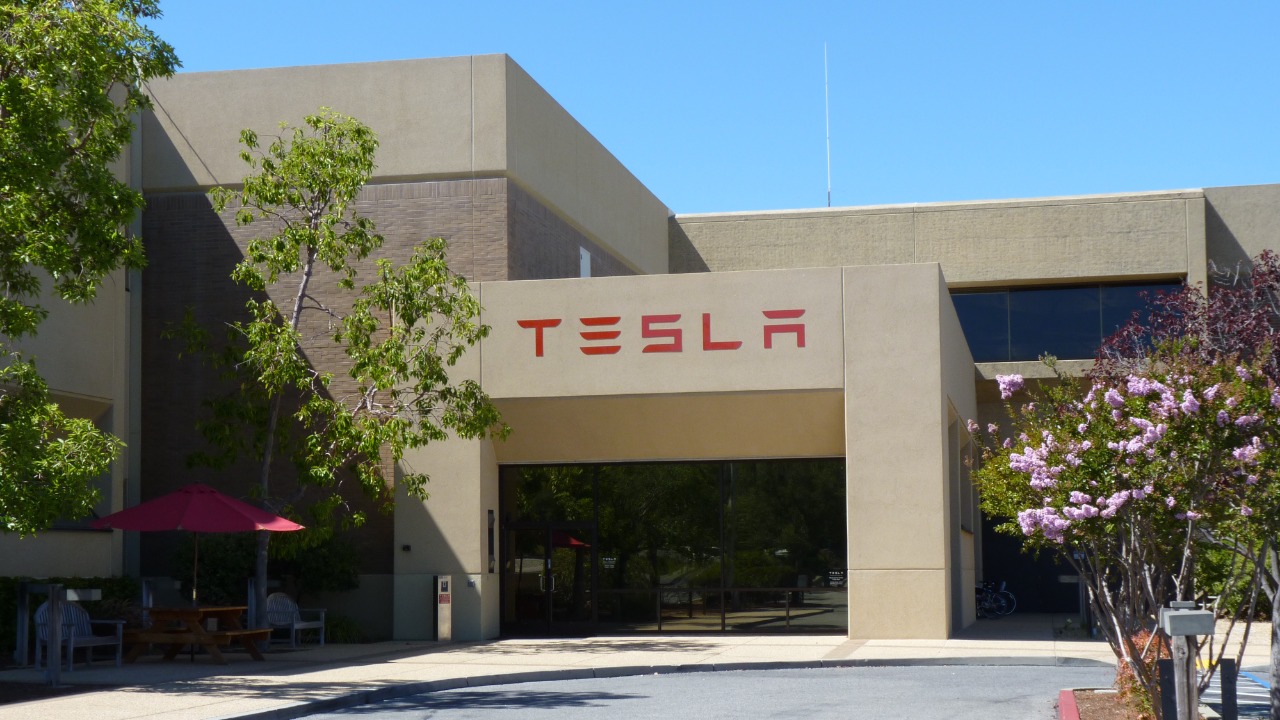
Tesla is currently experiencing a significant wave of executive departures, with several high-profile leaders leaving the company. This trend is occurring amidst broader challenges such as declining stock prices and public backlash. Many of these executives are transitioning to Elon Musk’s other ventures, like xAI and X, raising concerns about leadership stability and employee morale at Tesla. Reports of internal turmoil suggest that burnout and strategic realignments are contributing to this talent drain, as key figures seek opportunities elsewhere.
High-Profile Executive Exits
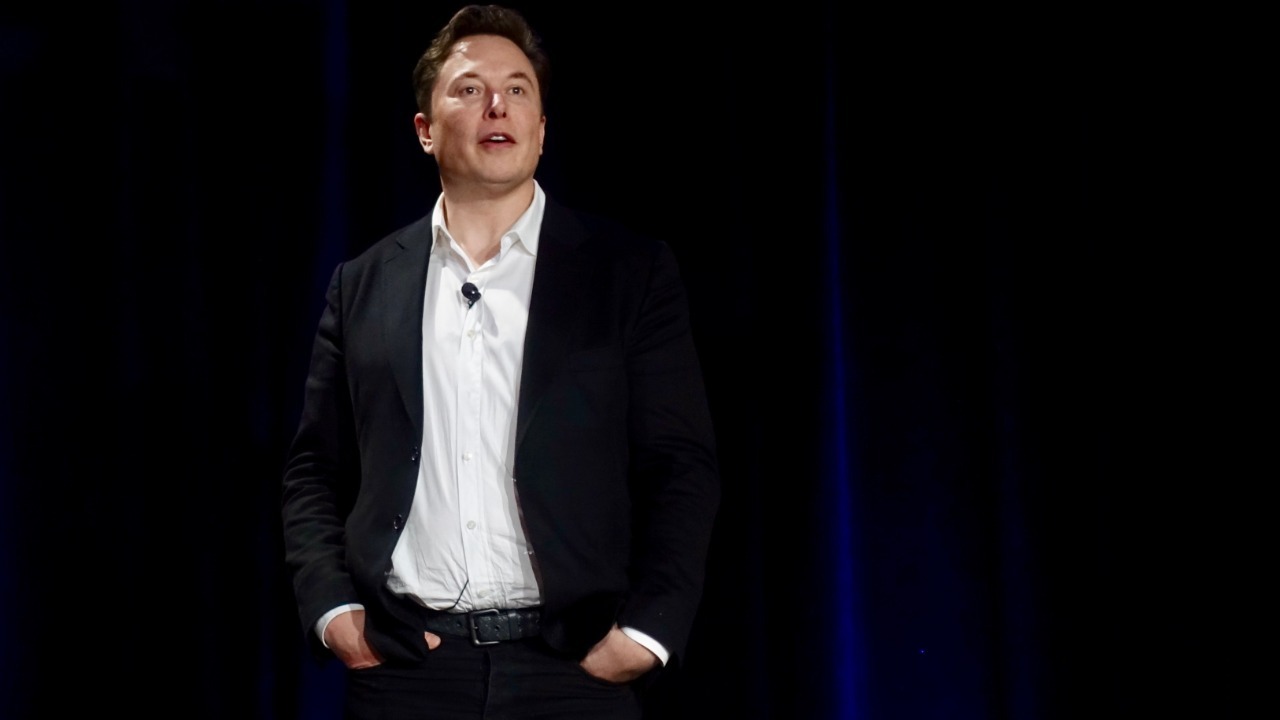
One of the most notable departures from Tesla is the vice president of software engineering, who was instrumental in leading the development of Autopilot. This executive has now joined xAI, Musk’s AI-focused company, highlighting a direct talent poach within Musk’s ecosystem. This move underscores the competitive pressures Tesla faces in retaining top talent, especially when internal opportunities are overshadowed by Musk’s other ventures. The departure of such a key figure raises questions about Tesla’s ability to maintain its innovative edge in autonomous driving technology [source].
Another significant exit is the head of Tesla’s Supercharger team, who has moved to X to oversee infrastructure projects. This shift indicates a strategic reallocation of resources across Musk’s companies, potentially impacting Tesla’s ability to expand its charging network efficiently. The departure of such a pivotal leader could slow down Tesla’s infrastructure development, affecting its competitive position in the electric vehicle market [source].
Additionally, a senior AI researcher has resigned from Tesla to join xAI’s Bay Area headquarters, focusing on advanced robotics. This move highlights the competitive pressures Tesla faces in retaining its AI talent, as opportunities in more specialized fields become increasingly attractive. The loss of such expertise could hinder Tesla’s progress in AI-driven projects, affecting its long-term innovation strategies [source].
Internal Factors Driving Turnover
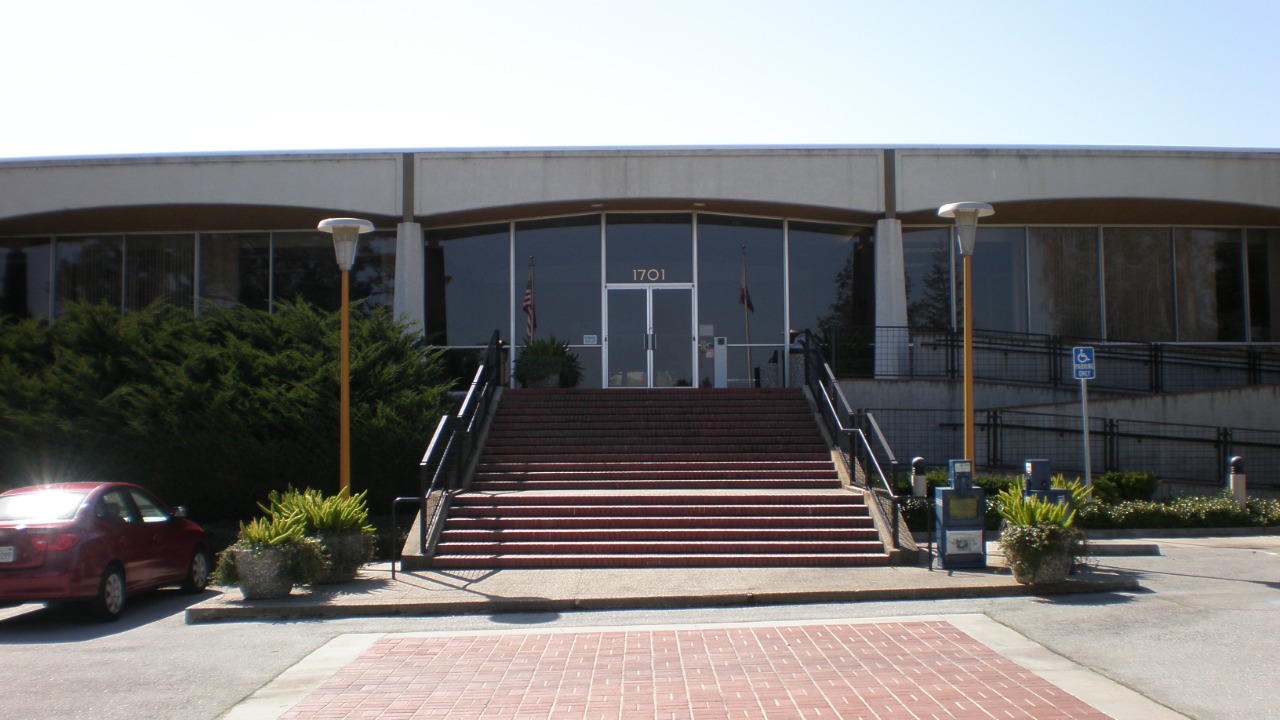
Reports suggest that Tesla’s grueling work culture, characterized by frequent all-hands meetings led by Elon Musk, is contributing to burnout among engineering leads in the Palo Alto offices. This intense environment is pushing some of Tesla’s top talent to seek less demanding roles elsewhere, impacting the company’s ability to retain experienced leaders. The high-pressure atmosphere at Tesla may be a significant factor in the ongoing talent exodus [source].
Strategic pivots, such as the delayed unveiling of Tesla’s robotaxi, have also frustrated product managers, prompting some to leave for more stable AI startups. These delays can lead to uncertainty and dissatisfaction among employees, who may feel their efforts are not aligned with the company’s shifting priorities. Such strategic misalignments can exacerbate turnover, as employees seek environments where their work has a clearer impact [source].
Compensation disputes, particularly equity clawbacks tied to stock volatility, have affected mid-level directors, who cite financial uncertainty as a reason for their departures. The fluctuating stock prices create an unstable financial environment for employees whose compensation is heavily tied to equity. This uncertainty can drive talent away, as individuals seek more predictable financial rewards elsewhere [source].
Broader Company Challenges
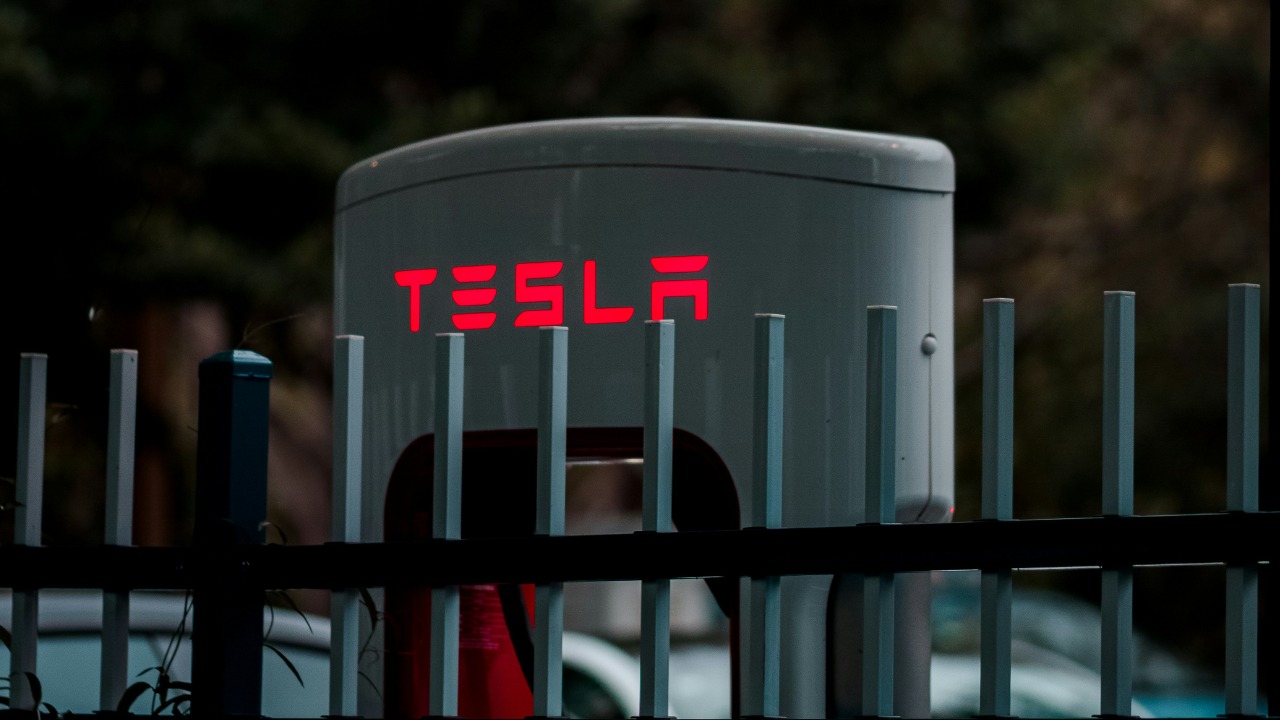
Tesla is also facing broader challenges, such as a surge in trade-ins of its vehicles by owners disillusioned with Elon Musk’s political affiliations. There has been a 20% increase in trade-ins during the first quarter of 2024 at dealerships nationwide, reflecting a growing dissatisfaction among Tesla’s customer base. This trend could impact Tesla’s market share and brand loyalty, as consumers seek alternatives that align more closely with their values [source].
Additionally, Tesla’s stock price has dropped over 30% year-to-date, correlating with dips in executive morale and talent flight from the Fremont headquarters. This decline in stock value not only affects employee compensation but also investor confidence, potentially limiting Tesla’s ability to attract new capital and talent. The financial instability adds another layer of complexity to Tesla’s ongoing challenges [source].
External pressures, such as Department of Justice charges against a seventh individual for Tesla vandalism in Austin, Texas, on May 1, 2025, amid rising protests, further complicate Tesla’s situation. These incidents highlight the growing unrest and opposition Tesla faces, which could affect its operations and public perception. The ongoing protests and legal challenges may divert resources and attention away from Tesla’s core business objectives [source].
Implications for Tesla’s Future
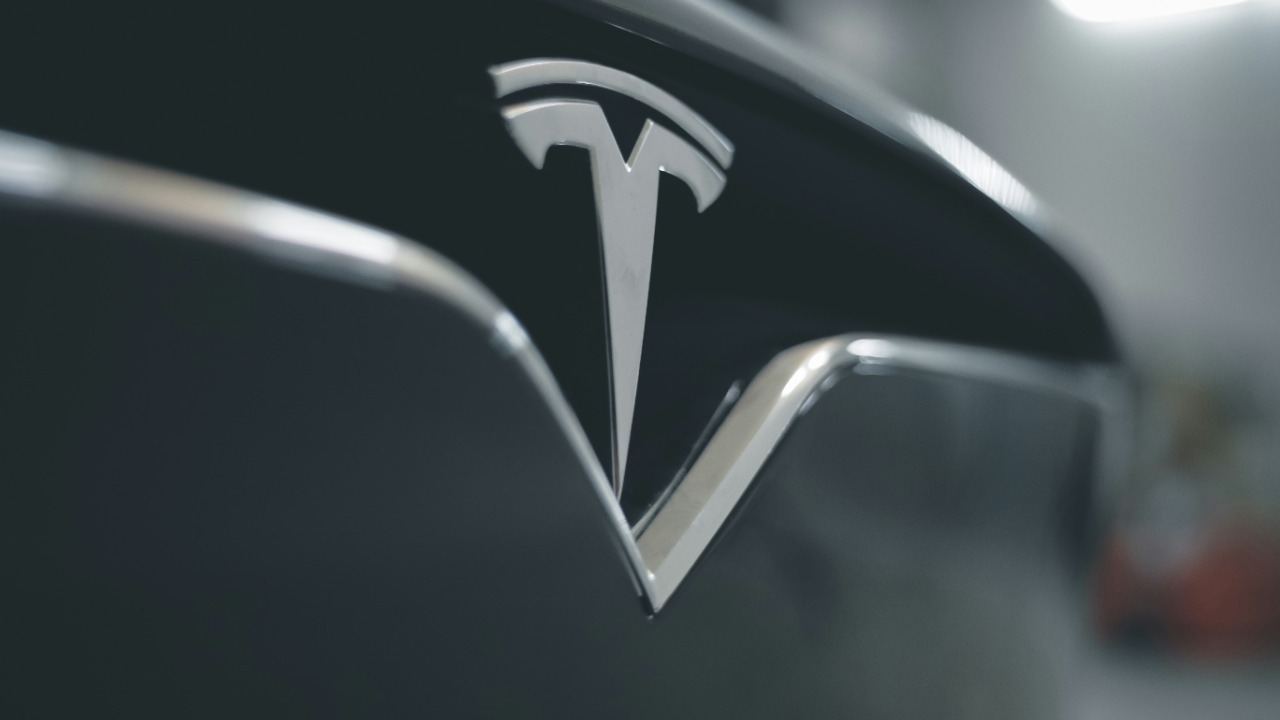
The loss of three AI specialists to xAI in early 2024 has slowed Tesla’s Full Self-Driving updates, impacting the company’s innovation trajectory. This talent drain could delay the development and deployment of new features, affecting Tesla’s competitive edge in the autonomous vehicle market. Maintaining a robust pipeline of talent is crucial for Tesla to continue leading in this rapidly evolving industry [source].
Recruitment hurdles are becoming more pronounced, with LinkedIn data showing a 15% drop in Tesla job applications from Silicon Valley engineers following recent protests. This decline in interest from potential candidates could hinder Tesla’s ability to fill critical roles, slowing down projects and affecting overall productivity. The protests and negative publicity may deter top talent from considering Tesla as a viable career option [source].
Elon Musk’s response, including public tweets defending the company’s vision, aims to retain remaining leadership in Austin. However, the effectiveness of these communications in stabilizing the workforce remains uncertain. Musk’s public statements can influence employee morale and investor confidence, but they must be backed by tangible actions to address the underlying issues driving the talent exodus [source].